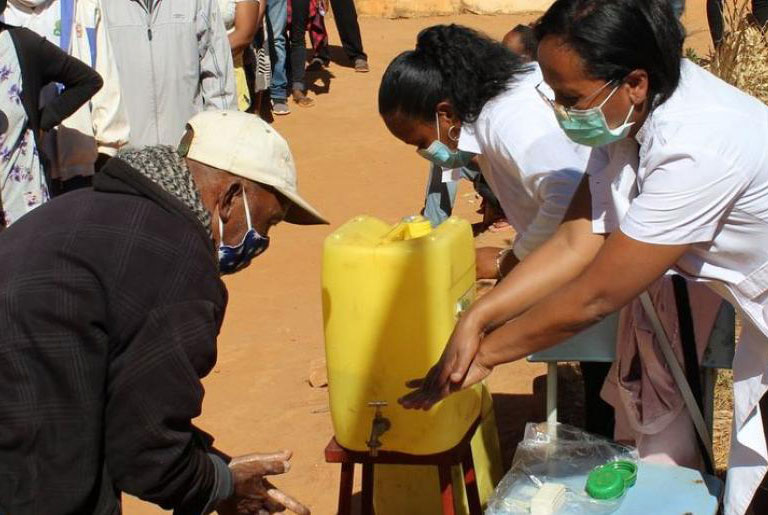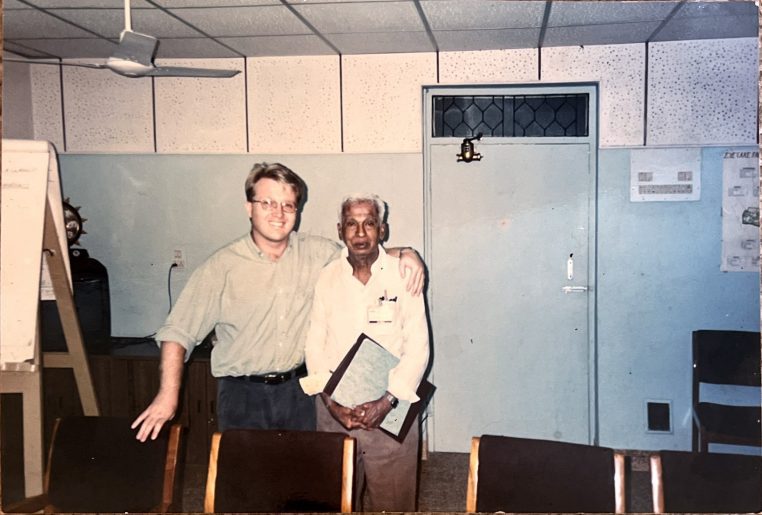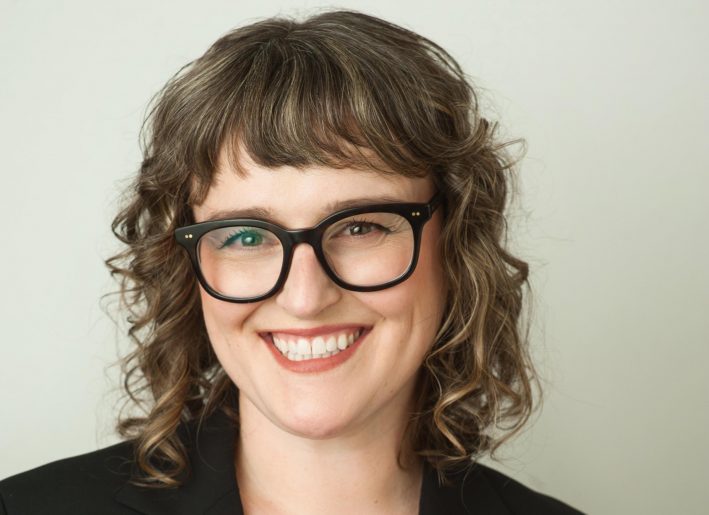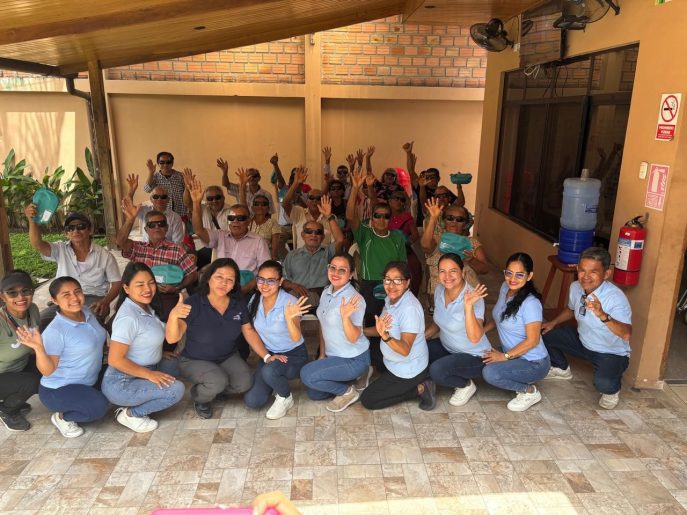The COVID-19 pandemic brought most non-emergency eye care to a standstill, almost everywhere. While some countries such as Cambodia faced inexplicably low disease prevalence and no confirmed deaths, in other countries such as Nepal and India, substantial morbidity and mortality occurred, despite strong public health measures. Other countries, mainly in Africa, have a poorly document COVID experience as they conducted little testing and instituted relatively few public health measures.
Almost all programs stopped and are only beginning to reintroduce outreach activities. Hospitals are gradually moving from just performing emergency surgeries to serving walk-in patients with non-urgent conditions such as cataract. By late Fall many programs instituted protective measures and returned to more than 50% and as much as 80% of normal activity.
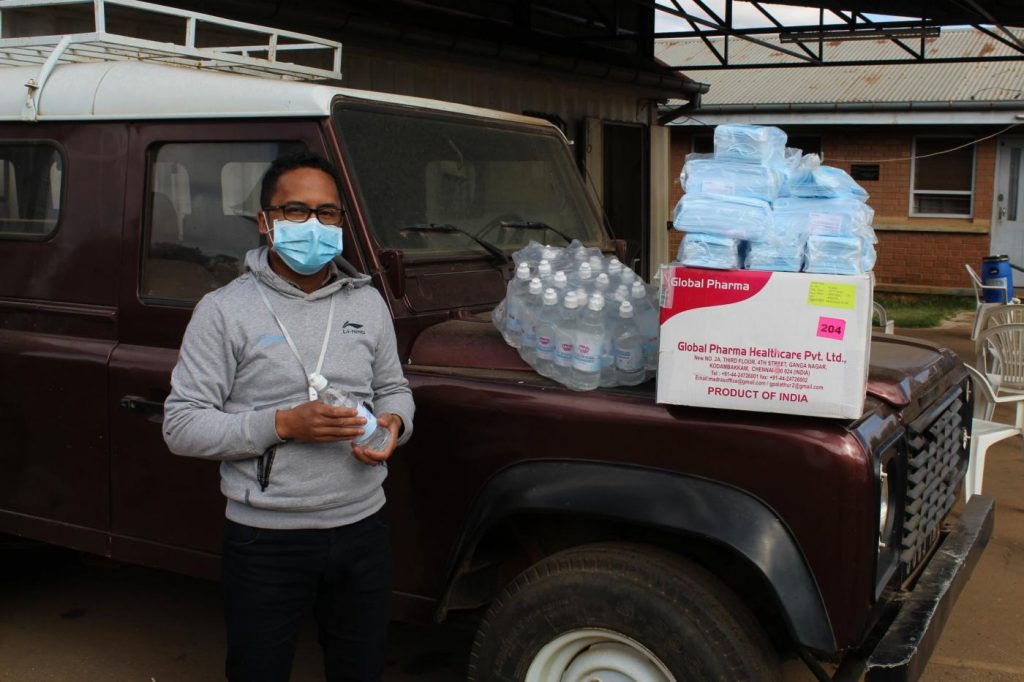
Providing services during the COVID pandemic has added about 20% to program costs. Most of the costs result from a general slowing of productivity due to restrictions on the number of people that can occupy registration and waiting areas, as well as examining and treatment rooms. This adds to salary costs while reducing patient revenue. Additional costs are for staff needed for cleaning facilities, instruments and non-disposable linen and other supplies. Personal protective equipment, while costly, remained in too limited supply to have much affect on hospital budgets.
Seva’s local program partners will continue to follow all COVID protocols and find safe ways to provide eye care to those in need.
